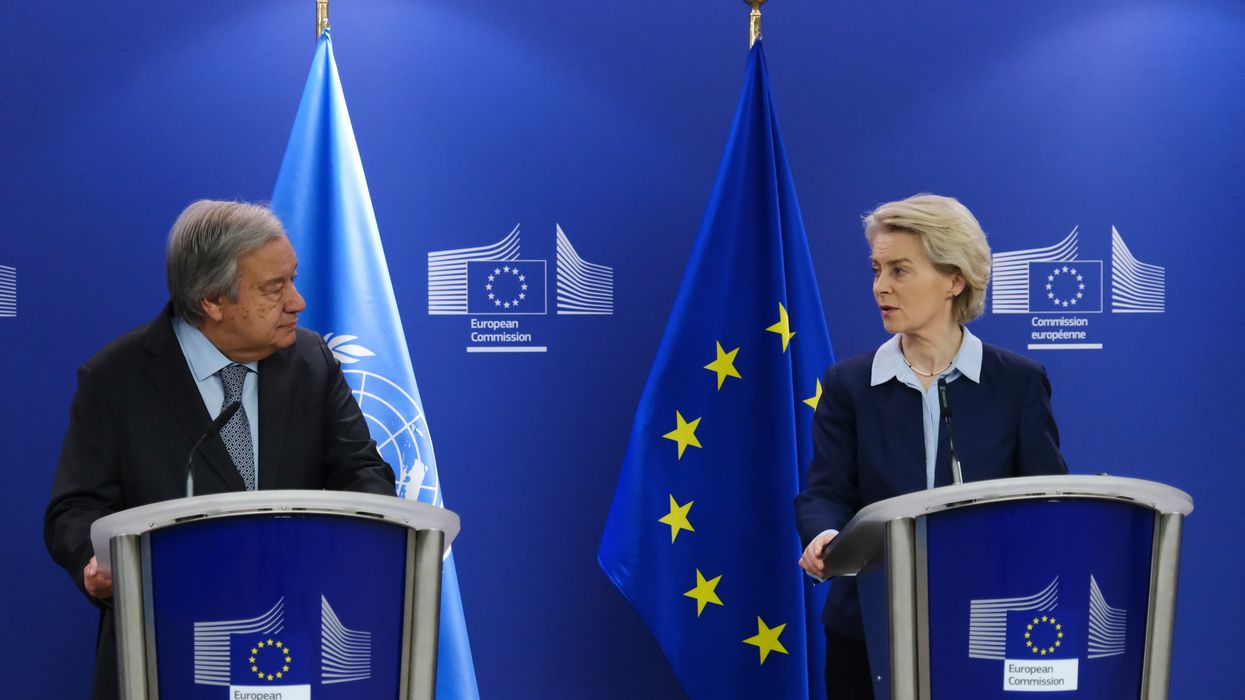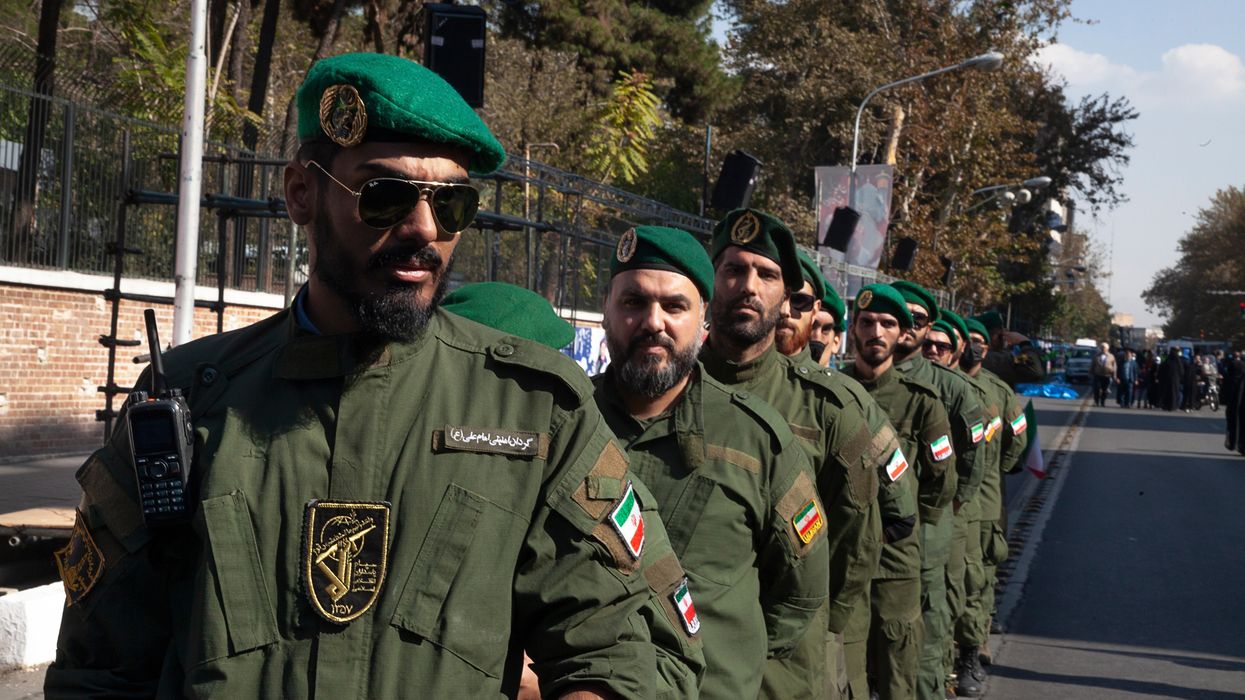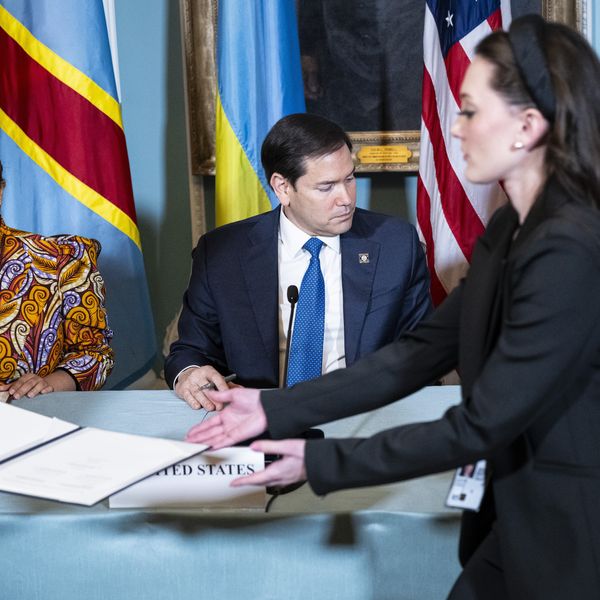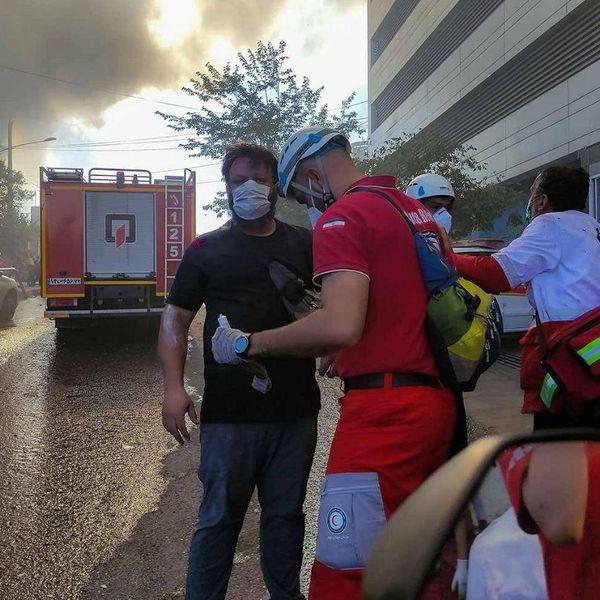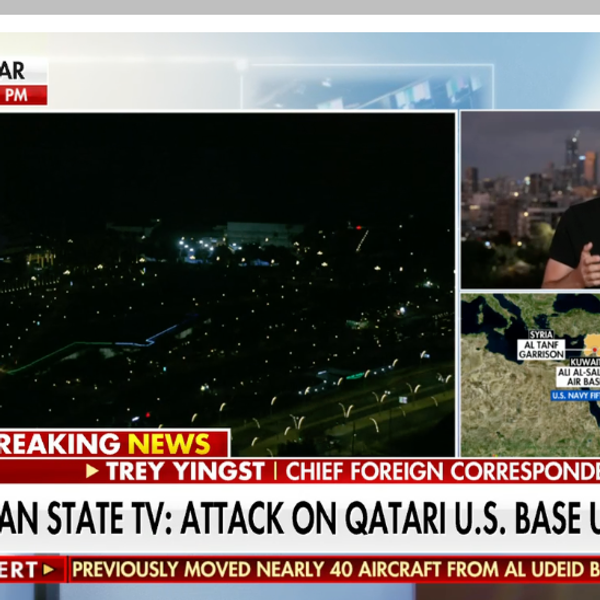On January 17, Russian President Vladimir Putin and his Iranian counterpart Masoud Pezeshkian signed an historic 20-year strategic agreement that a Reuters report later said “is likely to worry the West.”
In it, the two countries agreed to boost cooperation in security services, military drills, port visits and joint officer training. They pledged not to allow their territory to be used in any military action against the other, or help anyone to attack the other, and would cooperate to counter outside military threats.
Initially, there was speculation that the pact would be approved during the BRICS summit in Russia in October, but Moscow quickly dispelled those rumors at the time. It is likely that Russia chose not to sign the agreement in October given Moscow’s efforts to make the summit inclusive to the Global South.
Thus the optics surrounding a bilateral trade and security partnership would have undermined the main objectives of the summit. Specifically, those objectives (also fundamental underpinnings of the newly signed partnership) focused on discrediting Western claims of Russian isolation and showing that BRICS continues to gain support, particularly, from a geoeconomic perspective, that the bloc can counter sanctions imposed by the West through various means.
The latter includes the development of new payment systems that would allow countries to trade in their national currencies.
Furthermore, the carefully cultivated message of BRICS unity would have been damaged if the announcement had blind-sided such important attendees such as Turkey, Saudi Arabia, and the UAE, not known to be the strongest supporters of the regime in Tehran.
However, less than two months later, Turkey’s involvement in the overthrow of the Moscow/Tehran-supported Assad government and its subsequent power play in Syria hastened the formal signing of the agreement.
Syria was clearly a key topic for both Putin and Pezeshkian. When discussing recent developments in Syria, they each emphasized their commitment “to a comprehensive settlement in that country based on respect for its sovereignty, independence, and territorial integrity,” according to the Kremlin’s readout of the conversation.
Furthermore, Syria and the immediate region are of significant importance as expressed in the language of the partnership. For example, in Article 12, both sides agreed to enhance Russian-Iranian security cooperation “in Central Asia, the South Caucasus and the Middle East with the goal to prevent interference … and destabilization by third parties [states].” This includes mutual agreement to ignore future Western sanctions on the two countries.
During the press conference after the signing, Putin underscored that ensuring peace and stability in this region (often described as West Asia) “serves the interests of both our nations.” West Asia is not only important to the two countries in a security context but also in terms of regional trade and economic cooperation and development.
“Promising opportunities … opening up in connection with the international North-South transport corridor,” Putin said during remarks after the signing. “Discussions are ongoing regarding the construction of its Rasht-Astara railway section. Implementing this project would help establish (a) seamless supply chain from Russia and Belarus to Iranian ports in the Gulf.”
Further development of such increased supply chain opportunities serves not only Russia and Iran but also sends an important signal to key partner China in support of its Belt and Road Initiative. It is also a message to BRICS and potential BRICS members seeking more trade and economic development opportunities in the region.
The joint press conference also included the announcement that the two sides are close to finalizing a 2 billion cubic meter per year deal to send Russian gas to Iran, potentially growing to 55 Bcm/yr. The two countries likely value closer energy ties amid growing tensions with the West and the risk of tougher energy sanctions policy from the incoming Trump administration.
The project also demonstrates Russia’s commitment to developing new partnerships and energy routes after Ukraine stopped Russian gas supplies. Russian gas has stopped flowing to EU states via Ukraine after a five-year deal expired in December, marking the end of a decades-long arrangement.
Russia and Iran are now significant partners in trade, finance, and investment, and their collaboration in these areas is steadily growing. Putin claimed that “over the first ten months of 2024, bilateral trade grew by 15.5 percent.”
“Our countries have almost completely transitioned to using national currencies in mutual settlements,” Putin asserted. “Efforts are being made to establish sustainable lending and banking interaction channels and to align national payment systems. In 2024, transactions conducted in Russian rubles and Iranian rials accounted for over 95 percent of bilateral trade.”
Given that the deal’s signing took place three days before President Trump’s inauguration, this statement could quite possibly be a shot directed at Trump himself, who recently threatened 100 percent tariffs on countries that seek to undermine the dollar or use other currencies during bilateral trade transactions.
The partnership comes at a time when Moscow and Tehran’s influence in the region has been diminished due to developments in Syria and the Middle East. For example, in responding to a question regarding Assad’s fall, Trump wrote in December on social media platform Truth Social that “Russia and Iran are in a weakened state right now, one because of Ukraine and a bad economy, the other because of Israel and its fighting success.”
Since the start of the war in Ukraine, Moscow has aggressively cultivated closer ties with Iran and other nations considered hostile towards the U.S. to counter assertions of its weakness and loss of influence. For example, it already has strategic pacts with North Korea and close ally Belarus, as well as a partnership agreement with China.
Whether these strategic pacts will serve as a deterrent to future conflict, whether military or economic, with the United States or its allies, remains to be seen.
Greater restraint will be required but made more difficult as the West finds itself increasingly divided regarding the future of its own security and economic institutions due to declining commonality between Washington and Brussels.
As such, these pacts could undermine Trump administration efforts at peace by exacerbating assertions from hardline factions in the West.
- Russia, China dump the dollar as Moscow announces new trade corridors ›
- Are US sanctions against Iran & Russia backfiring in dangerous ways? ›


